The Wagner Act Is Best Described as a
Asked Jan 16 2021 in History by mlj15. Conflict between management and labor is inevitable and collective bargaining between equal partners is the preferred method for resolving disputes.
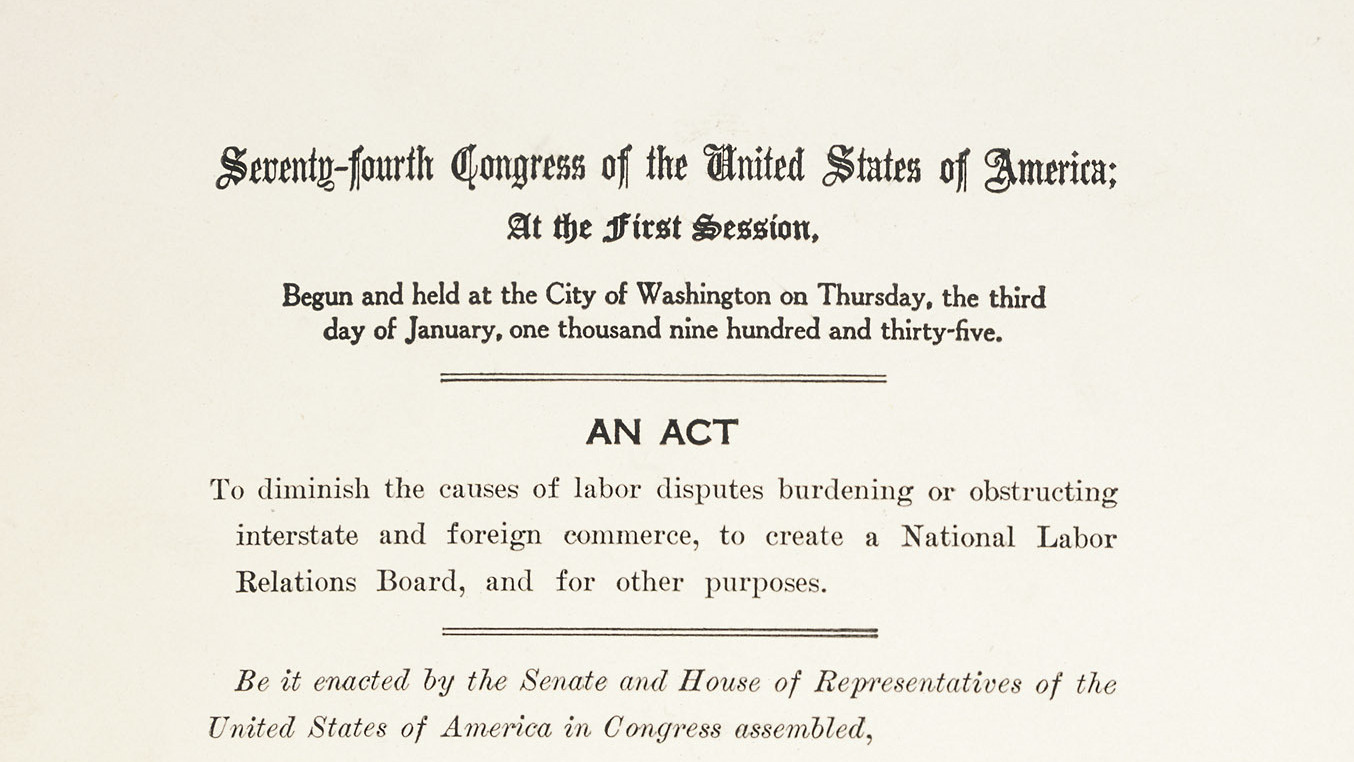
Pay Secrecy Policies At Work Often Illegal And Misunderstood Npr
The Wagner Act is best described as an.
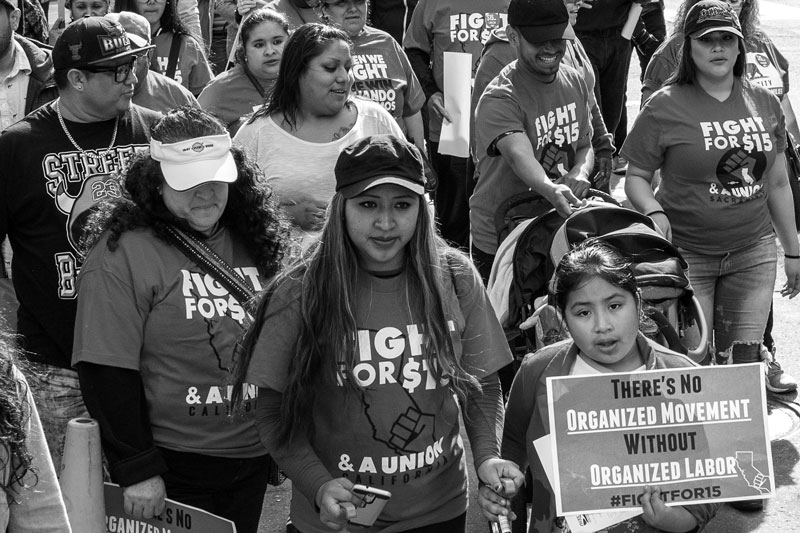
. Placed limitations on union activities and gave more power to management in dealing with unions. In February 1935 Wagner introduced the National Labor Relations Act in the Senate. However in my view the effect of the Wagner Act on union membership can best be seen in what happened after the war.
The Wagner Act of 1935 popularly called the national Labor Relations Act is a vital piece of US labor legislation that allows private-sector workers to organize unions participate in collective bargaining and conduct collective action such as strikes. Canadas labour relations system is highly centralized. Several different laws at the federal and provincial levels currently regulate labour relations.
National Labor Relations Act -A 1935 law also known as the Wagner Act that guarantees workers the right of collective bargaining sets down rules to protect unions and organizers and created the National Labor Relations Board to regulate labor-managment relations. Conflict between management and labor is unnatural and should be avoided at all costs. The Wagner Act is best described as an.
To provide for the establishment of a national employment system and for cooperation with the States in the promotion of such system and for other purposes. The broad intention of the act commonly known as the Wagner Act after Senator Robert R. It also restricted the ways that employers could interfere and react to labor practices in the private sector including collective bargaining labor unions and striking.
Pro-union law The wagner act established the legal rights of workers to organise into unions. What was the. The Wagner Act is best described as an.
Wagner of New York was to guarantee employees the right to self-organization to form join or assist labor organizations to bargain collectively through representatives of their own choosing and to engage in concerted activities for the purpose of collective bargaining or. The Wagner Act of 1935 is grounded in which of the following principle beliefs regarding conflict. Wagner-Peyser Act of 1933 as amended.
The Wagner Act continued the mission of. It did this by 1 banning certain unfair labor practices 2 providing for secret-ballot elections and majority rule for determining whether a firms employees would unionize and 3 creating the National Labor Relations Board. With passage of the act the groundwork was laid for an even more important labor bill the National Labor Relations Act of 1935 called the Wagner Act.
The Wagner Act of 1935 also known as the National Labor Relations Act was enacted to protect workers from interference by industry in their involvement with unions. The wagner act is best described as an. Wagner Act officially National Labor Relations Act 1935 the most important piece of labour legislation enacted in the United States in the 20th century.
A 1935 law also known as the Wagner Act that guarantees workers the right of collective bargaining sets down rules to protect unions and organizers and created the National Labor Relations Board to regulate labor-managment relations. C In 1935 Congress passed the National Labor Relations or Wagner Act to add teeth to the Norris-LaGuardia Act. It provided for the first time federal support for unions.
Labor organizers supporters and. When it comes to union rights the Wagner Act of 1935 was an improvement over previous legislation for all of the following reasons exceptIt created an independent agency to enforce the ActIt granted the right of exclusive representation for unions with majority supportIt allowed the courts to issue fines against employers who violated the ActIt prohibited specific unfair labor. Its main purpose was to establish the legal right of most workers notably excepting agricultural and domestic workers to organize or join labour unions and to bargain collectively with their employers.
Yatest I have organized these remarks around four questions. The Wagner Act officially the National Labor __________ Act establishes the right for employees to form unions requires employers to bargain with such unions fairly and prohibits unfair labor practices such as firing employees for joining unions. Working and living conditions can best be described as industrial feudalism.
The primary purpose of collective bargaining is to. Reemployment Services and Eligibility Assessment Grants. The National Labor Relations Act of 1935 also known as the Wagner Act is a foundational statute of United States labor law that guarantees the right of private sector employees to organize into trade unions engage in collective bargaining and take collective action such as strikes.
In the fall of 1934 Senator Wagner began revising his labor disputes bill determined to build on the experience of the two earlier NIRA boards and to find a solution to the enforcement problem that had plagued them. The Wagner Act is one of the most significant pieces of labor legislation in US. Which statement best describes labour relations legislation in Canada.
1935 passage of the Wagner Act. The Labor-management Relations Act or Taft-Hartley Act can be best described as a law which. The model for labour relations legislation across Canada was The Wagner Act.
It also instrumentally pointed the need for collective bargaining.

Bz 420 Human Resource Management Exam 6 7 Answers Ashworth Human Resource Management Human Resources Employee Handbook

In Memory Of Larry Fine On His Birthday Born Louis Feinberg American Actor Comedian Violinist And Boxer Who The Three Stooges Short Subject The Stooges

The Valkyrie 16 Edited Arthur Rackham Art Illustration

Fdr And The Wagner Act Fdr Presidential Library Museum

Can Labor Still Use The Wagner Act Dissent Magazine
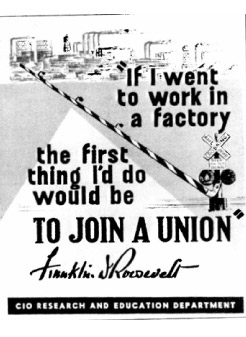
1935 Passage Of The Wagner Act National Labor Relations Board

Wagner Act Summary History Facts Britannica

Pin By Fashion Dame On Natalie Wood 1959 Natalie Wood Magazine Clip Natalie

William Heath Robinson Artist The Tempest Shakespeare William Heath Robinson Signed As W Heath Ro Mermaid Art Mermaid Illustration Mermaids And Mermen
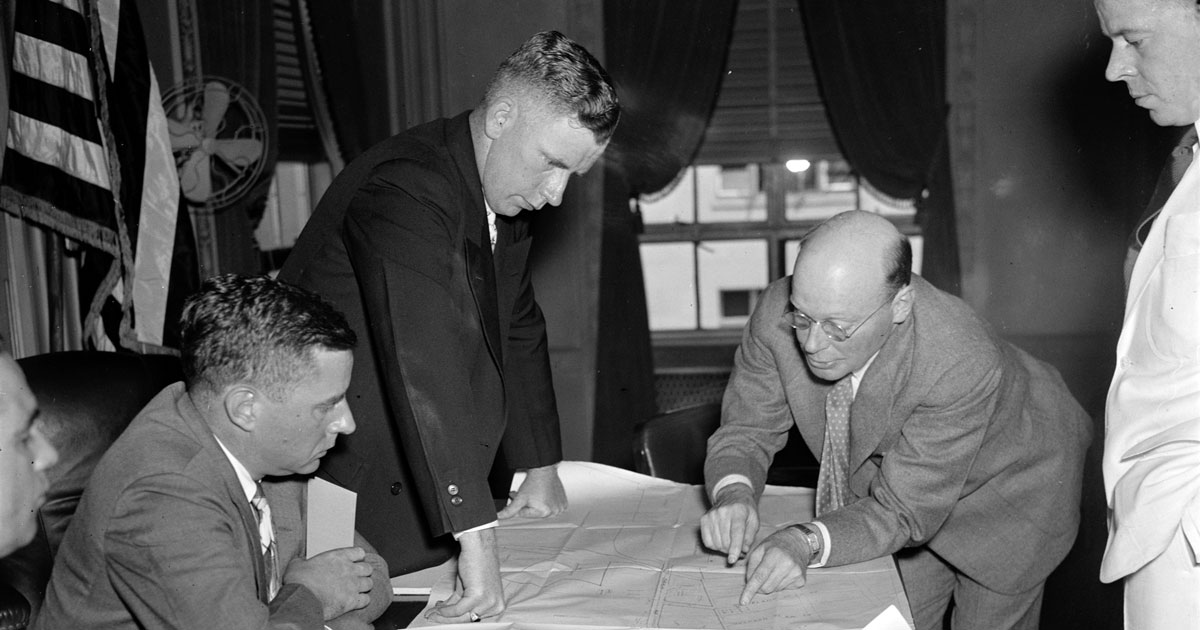
Can Labor Still Use The Wagner Act Dissent Magazine
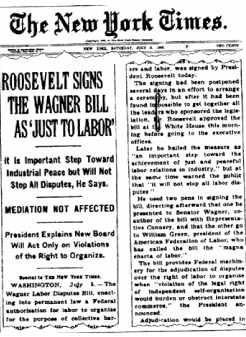
1935 Passage Of The Wagner Act National Labor Relations Board

Fdr And The Wagner Act Fdr Presidential Library Museum

Types Of Tea They Offer Homemade Tea Tea Blends Recipes Tea Facts




/5278798677_0429e6aa05_k-7b6b81bdbbe44cdb929c08c7da9f8d29.jpg)

Comments
Post a Comment